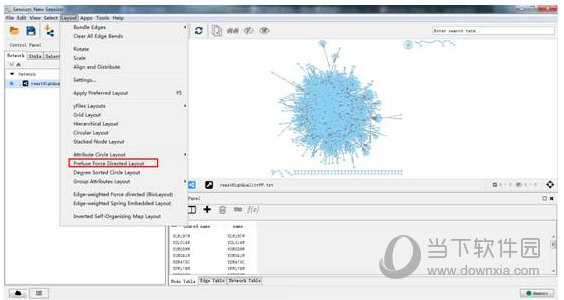

The target proteins were found to be associated with other diseases such as vision, renal and metabolic diseases, although they exerted therapeutic actions on cardio-cerebral ischemic diseases. The results from the gene ontology analysis were in accordance with these signaling pathways. Three signaling pathways including the NF-κB pathway, oxidative stress pathway and cytokine network pathway were demonstrated to be the main signaling pathways. Furthermore, the most related pathways were verified in TNF-α-treated human vascular endothelial EA.hy926 cells and H2O2-treated rat PC12 cells. Methods:īased upon the chemical predictors, such as chemical structure, pharmacological information and systems biology functional data analysis, a target-pathway interaction network was constructed to identify potential pathways and targets of SMXZF in the treatment of cardio-cerebral ischemia. In this study we used network pharmacology approach to explore the mechanisms of SMXZF in the treatment of cardio-cerebral ischemic diseases. SMXZF (a combination of ginsenoside Rb1, ginsenoside Rg1, schizandrin and DT-13) derived from Chinese traditional medicine formula ShengMai preparations) is capable of alleviating cerebral ischemia-reperfusion injury in mice.


 0 kommentar(er)
0 kommentar(er)
